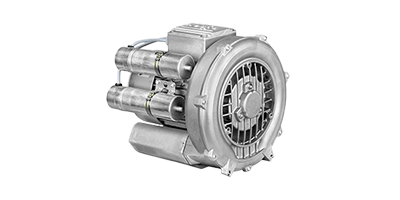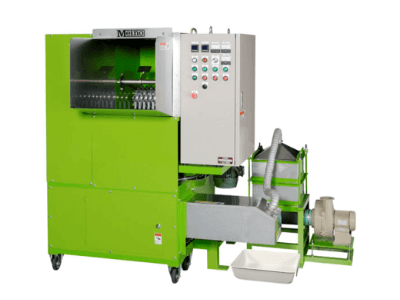What Is a Vacuum Dryer?
A vacuum dryer is an apparatus that creates a vacuum or reduced-pressure environment within a sealed space to facilitate drying.
This device leverages the principle that lower air pressure decreases the temperature required for moisture evaporation. Compared to conventional hot-air dryers, vacuum dryers enable drying at lower temperatures, offering efficient and rapid drying solutions.
Notably, vacuum dryers preserve the surface integrity of the dried object, making them a preferred choice in university laboratories, science and engineering fields, and the food processing industry. Effective drying requires pre-drying due to the temperature drop caused by evaporative cooling.
Applications of Vacuum Dryers
Vacuum dryers are used for:
- Quick drying of moisture-rich objects
- Drying porous materials that trap moisture
- Non-destructive drying to maintain surface quality
Specific fields of application include the following:
1. Food Products
Used in freeze-dried product manufacturing, vacuum dryers preserve the taste and freshness of food. They are also integral in producing instant coffee, powdered seasonings, and dairy products.
2. Molding Processing
Suitable for resin processing, vacuum drying ensures uniform low-temperature drying, essential for maintaining the quality of molded products. During the molding process, excess moisture can lead to resin hydrolysis, accelerated thermal decomposition, and cracking.
3. Electrical and Electronic Components
For components like motor coils and transformers, vacuum drying prevents insulation failure and moisture damage, ensuring quality maintenance.
4. Metal and Machined Parts
Effective for drying sintered parts and metal powders, vacuum drying ensures even drying from the inside, crucial for complex-shaped precision parts.
Principle of Vacuum Dryer
Vacuum dryers operate by reducing atmospheric pressure in a sealed container, thus lowering the boiling point for efficient drying. They typically comprise a sealed container, electric heater, gas exchange valve, and vacuum gauge. Some models include a cooling trap to recondense vaporized water, preventing vacuum pump damage.
Types of Vacuum Dryers
Vacuum pumps in these dryers come in two main types: gas transport and gas hoarding. Gas transport pumps expel gas externally and are categorized into volumetric transfer and momentum transfer types. Common pumps include oil-sealed rotary pumps and dry pumps.
1. Oil-Sealed Rotary Pump
These pumps use lubricating oil for efficient operation but require periodic oil replacement.
2. Dry Pump
Dry pumps, containing a three-leaf rotor, discharge air without lubricating oil, minimizing environmental impact.


